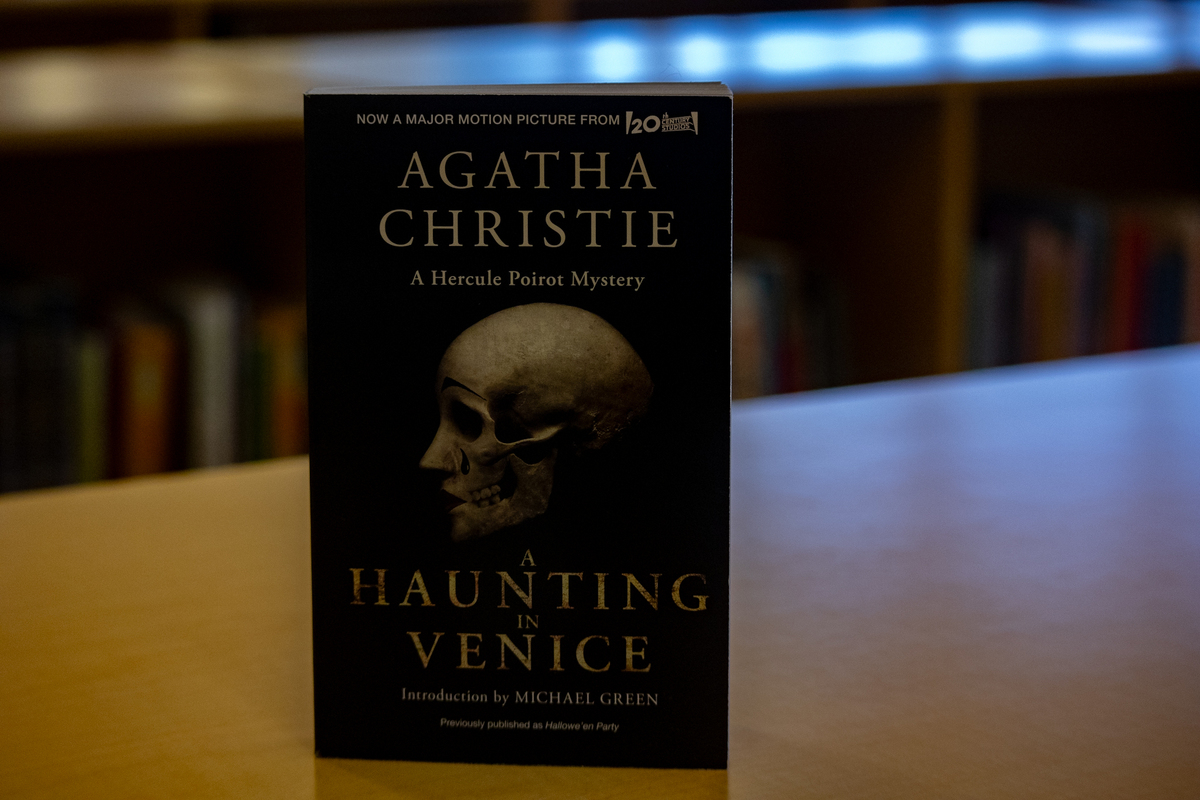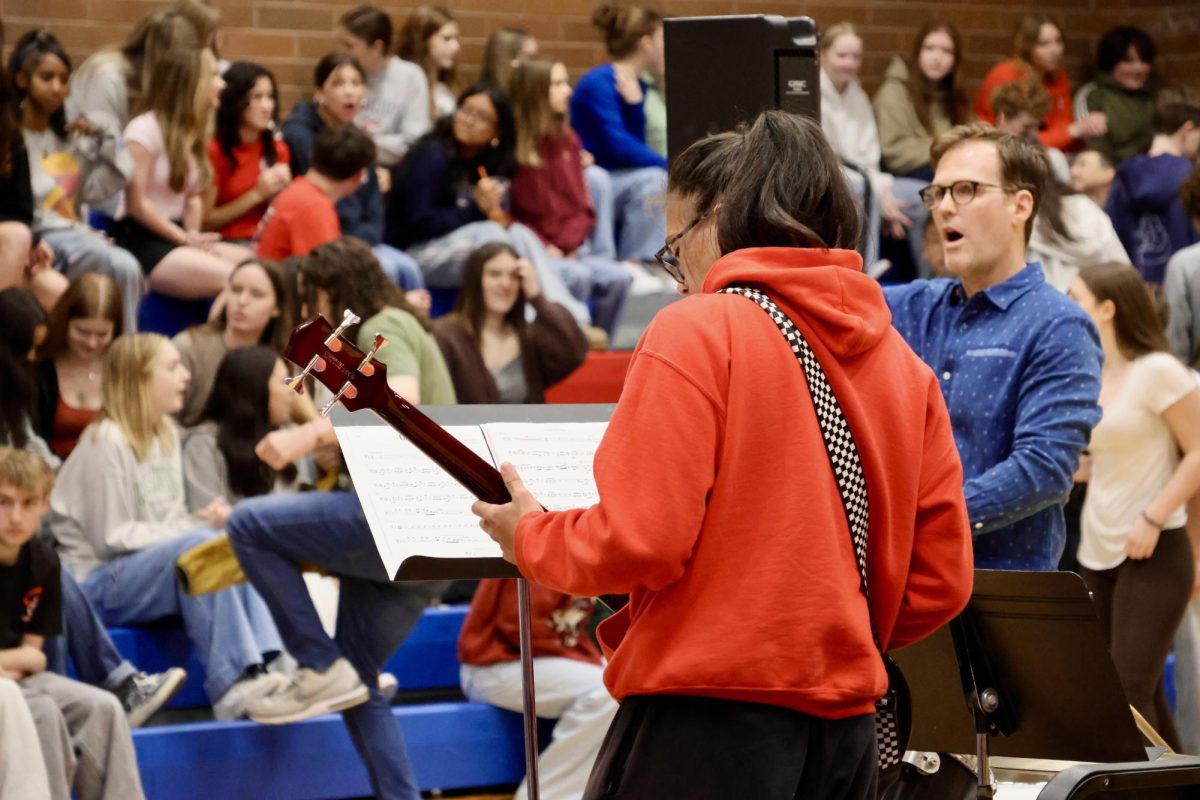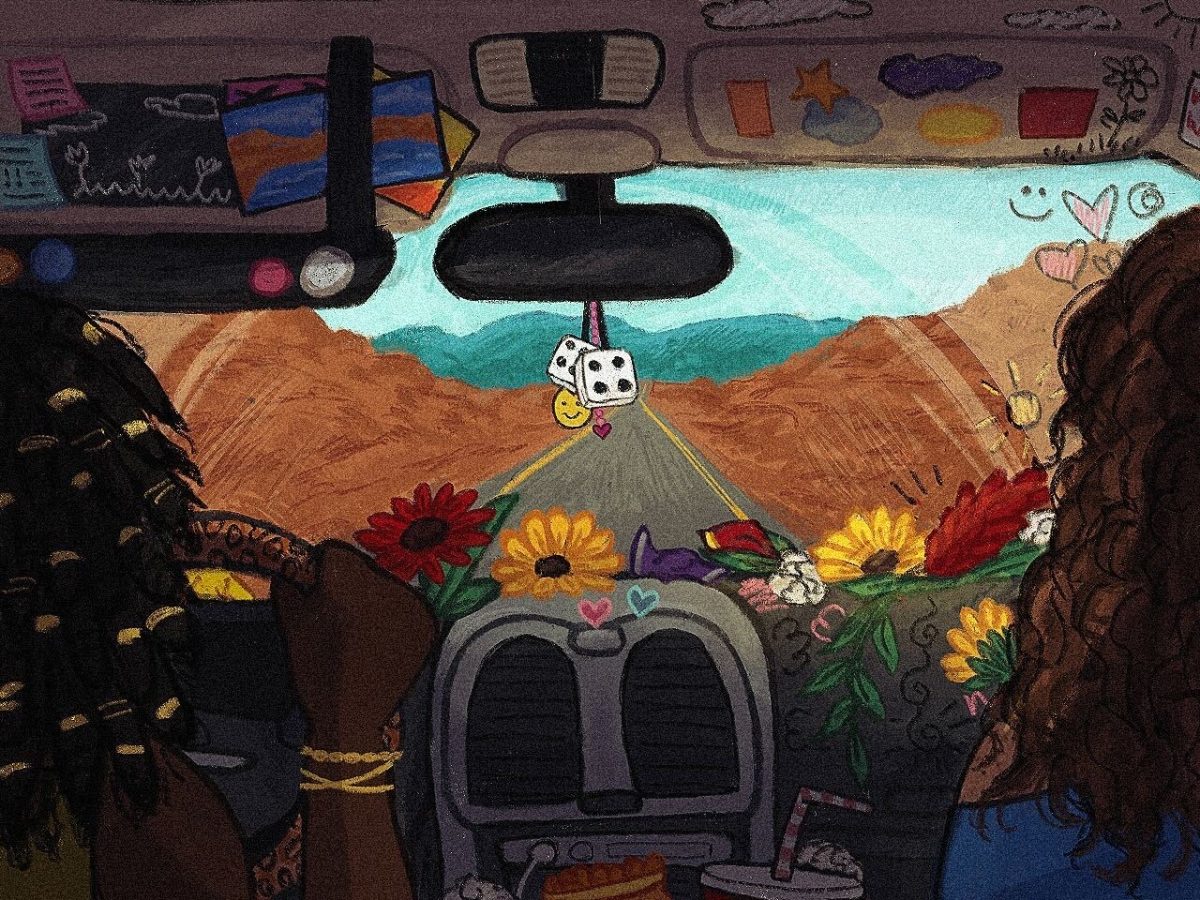Just a little less than two years after the release of its predecessors, “A Haunting in Venice” continues the series of Agatha Christie film adaptations that star the brilliant Detective Hercule Poirot.
With director and actor Kenneth Branagh and screenwriter Michael Green both returning to the project from the two previous entries, “Murder on the Orient Express” and “Death on the Nile”, it’s no surprise they knew how to best continue the story of Detective Poirot, the same character who appeared in 33 of Agatha Christie’s novels.
“A Haunting in Venice” was adapted from Christie’s 1969 novel “Hallowe’en Party,” but took a much more creative approach than Branagh and Green had originally taken in their other films. Although there were a few characters that were featured in both the novel and adaptation, some had dissimilar roles than they had originally, and with that came a whole new murder (or murders, in true Agatha Christie fashion) that the film was based around.
Although there were many cheeky nods to the original novel, the final cut of the film ended up merely taking inspiration from the novel, unlike the other films in the series, which were praised for their incredibly well adapted-to-film takes. In the end, it’s better to view “A Haunting in Venice” and “Hallowe’en Party” as two separate stories.
Some of the most impressive aspects of the film were thanks to the work of its director of cinematography, Haris Zambarloukos. The film’s mysterious, atmospheric setting went hand in hand with the incredible still framework that most of the film presented. During the day, the film showcased beautiful and vibrant colors that filled the streets of Venice, as compared to the night scenes in which most of the film took place in. It had a beautiful and artistic combination of old 1940s noir films as well as rich warm colors filling the mysterious shadows that laid within the mansion that the film was set in.
Along with the phenomenal camerawork and setting, which were both primarily directed by Zambarlokus, another highlight was the character development that took place along the film’s one hour and 47 minute runtime. With an A-list cast composed of actors such as Tiny Fey and Michelle Yeoh, there is once again no surprise that the film had astounding acting and obviously worked well together to create a truly intense social dynamic through the characters they brought to the screen.
While the book has its classic comedic characters, the mood can change to such a momentous situation in the blink of an eye. Just like the film, the novel has an engaging and diverse cast of characters that all bring suspicion and care for one another, leaving you constantly worried who might be next to kick the bucket.
Although one might say it’s just “another murder mystery”, this is not the case. With the film and novel both taking place around the Halloween season, both give great details and settings which enthrall you into not just wanting to know what happens next in the story, but also making you beg for new settings. What Christie was able to do was mention the topic of setting within each scene in such a way that almost gave you the same chills the characters would experience from the sharp and cold weather that surrounded them, which is especially evident in the novel.
However, one thing that distinguished the film from its source material is the supernatural aspect. With there being almost no hints of anything supernatural taking place within the book, the film decides to play with the idea, and in turn, they make a compelling story that involves grief and the trauma of war. Without going into spoiler territory, it’s safe to say the director was able to bring this supernatural theme in a way that may have been obvious, but also made you think not only about the characters in the story, but about yourself and how you may have coped in the past — whether that be about something small or large.
In the end, Kenneth Branagh brought a beautiful and thrilling story that is a must see while it is still in theaters. “A Haunting in Venice” makes a perfect Halloween movie, and if you’re left wanting more, you can always get a cozy blanket and read the original novel, “Hallowe’en Party,” to enjoy the seasonal treat of Detective Poirot.









